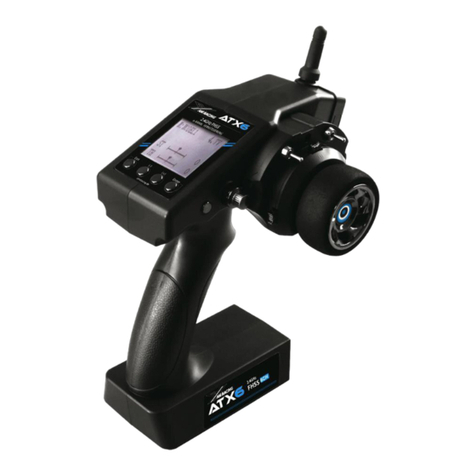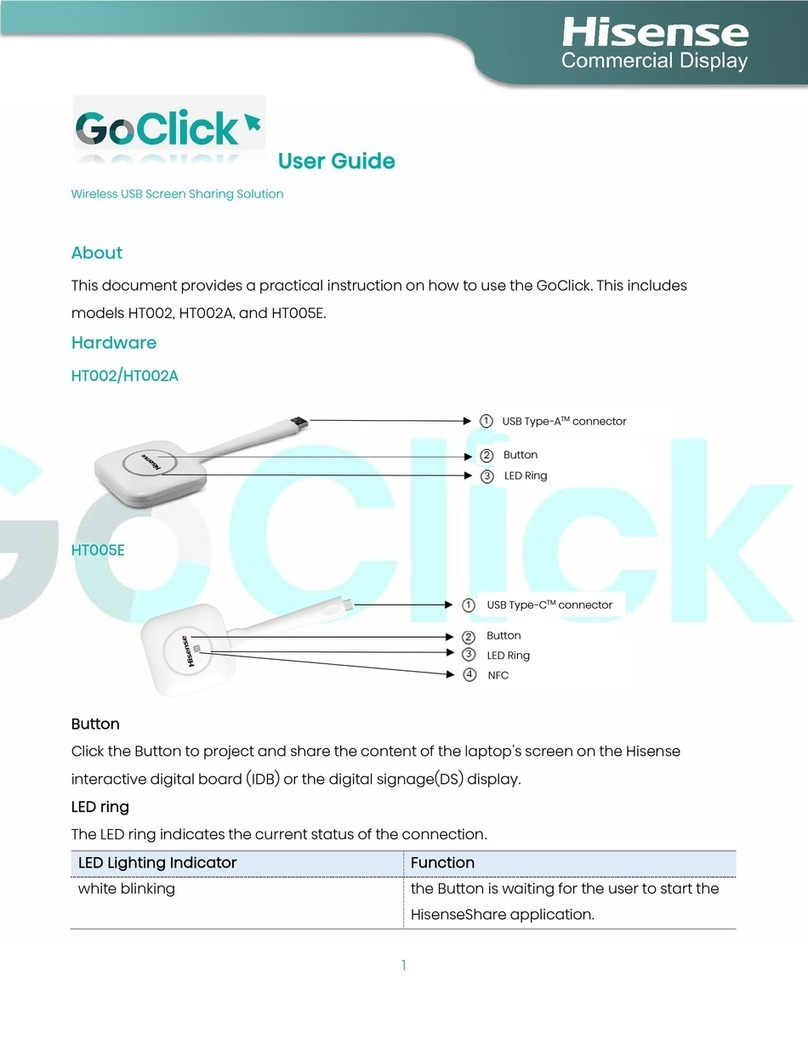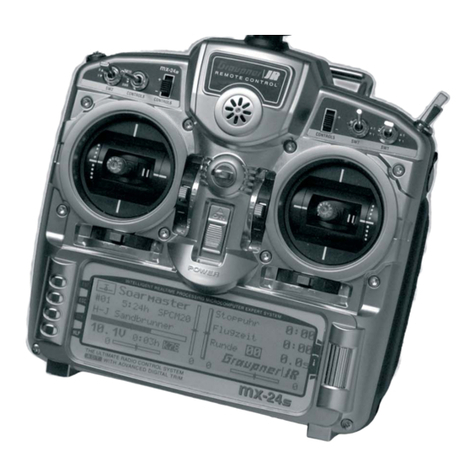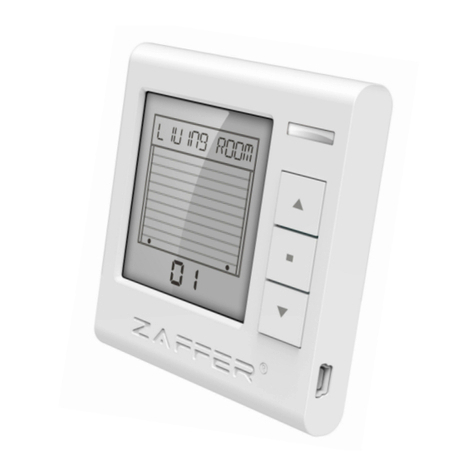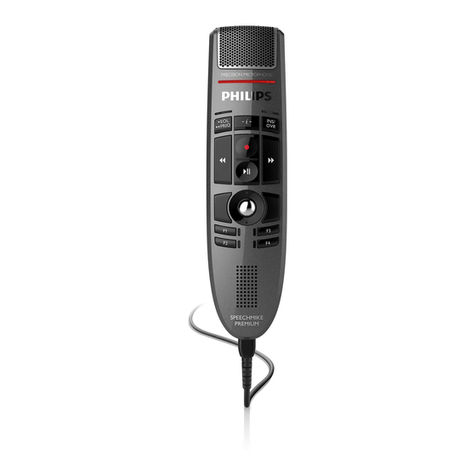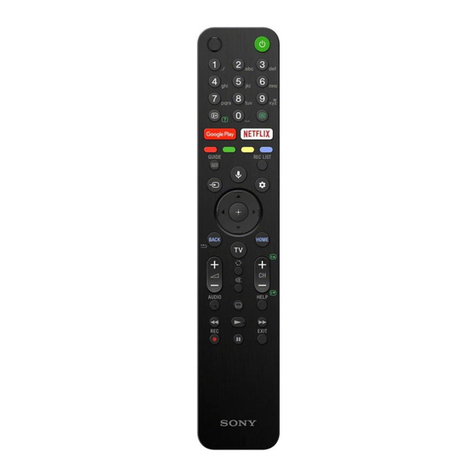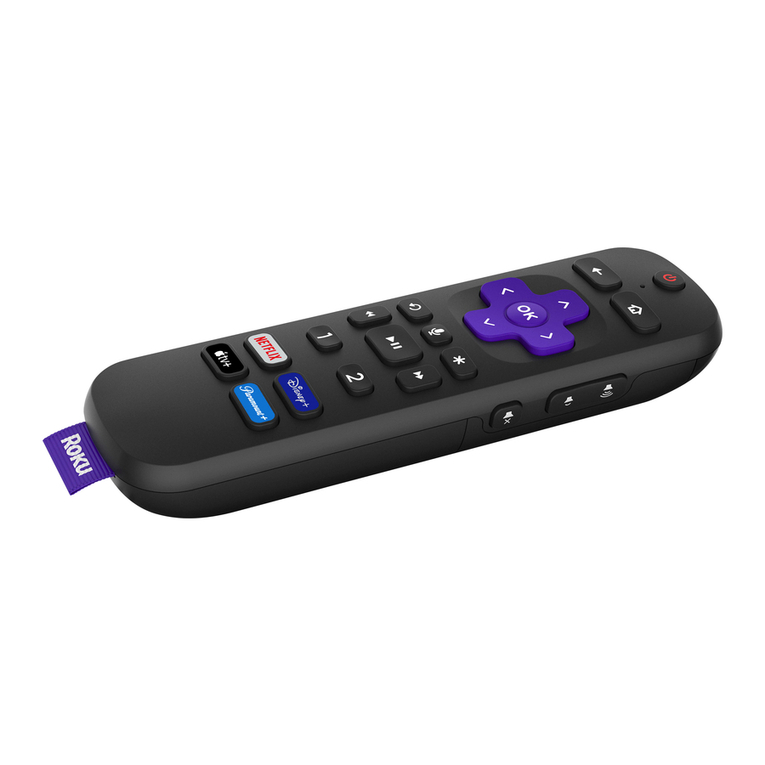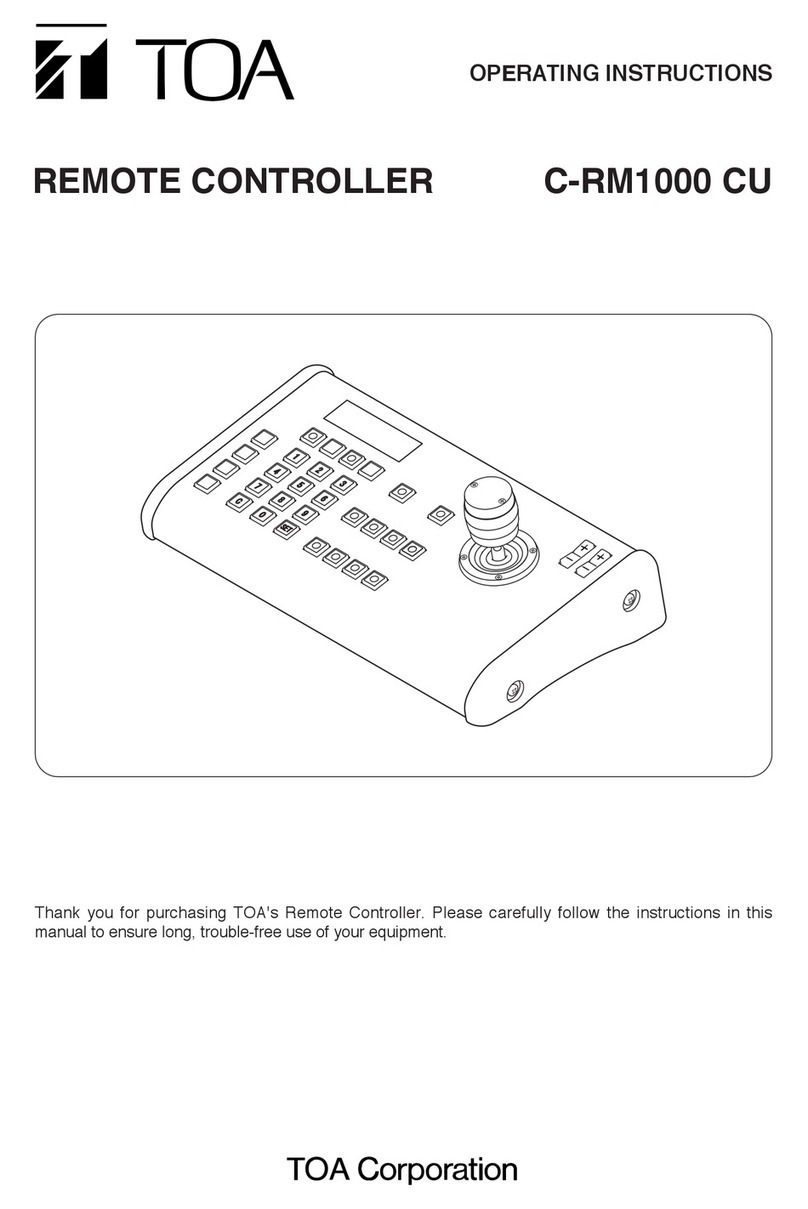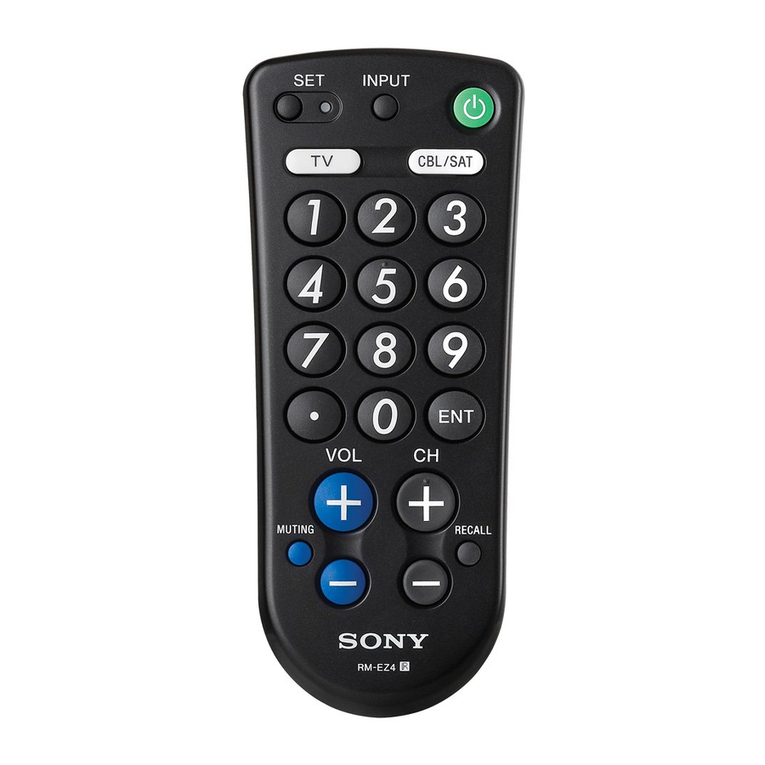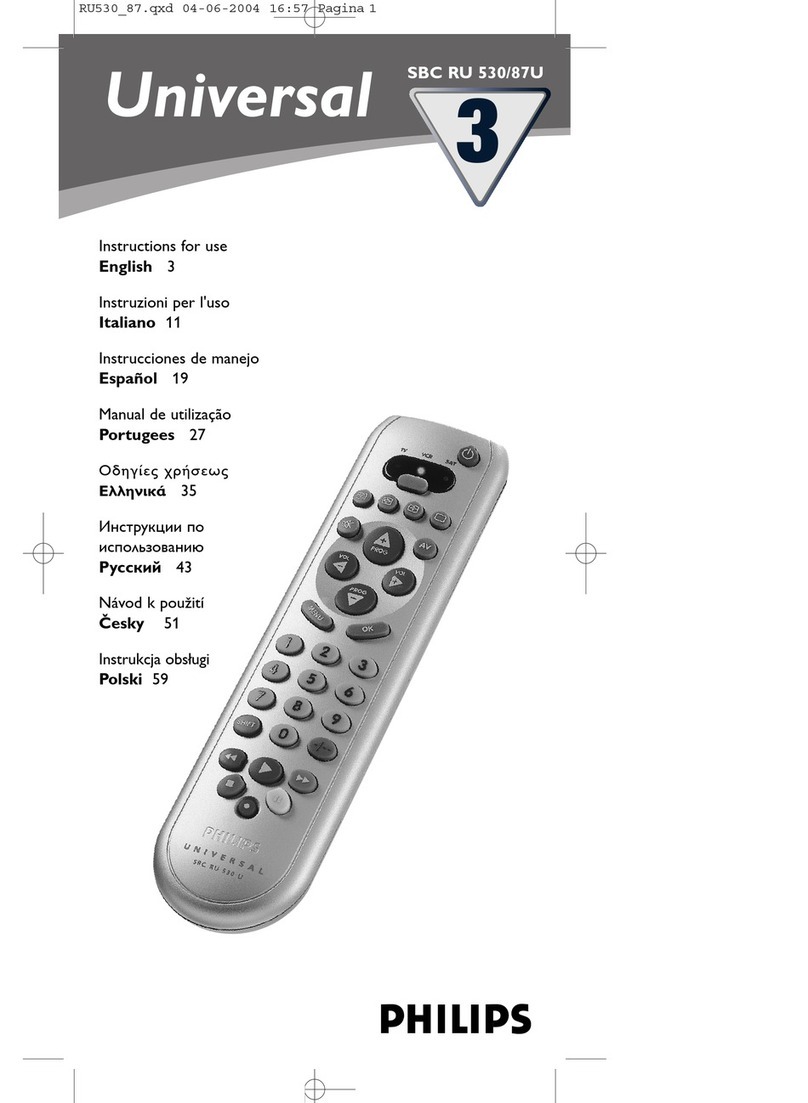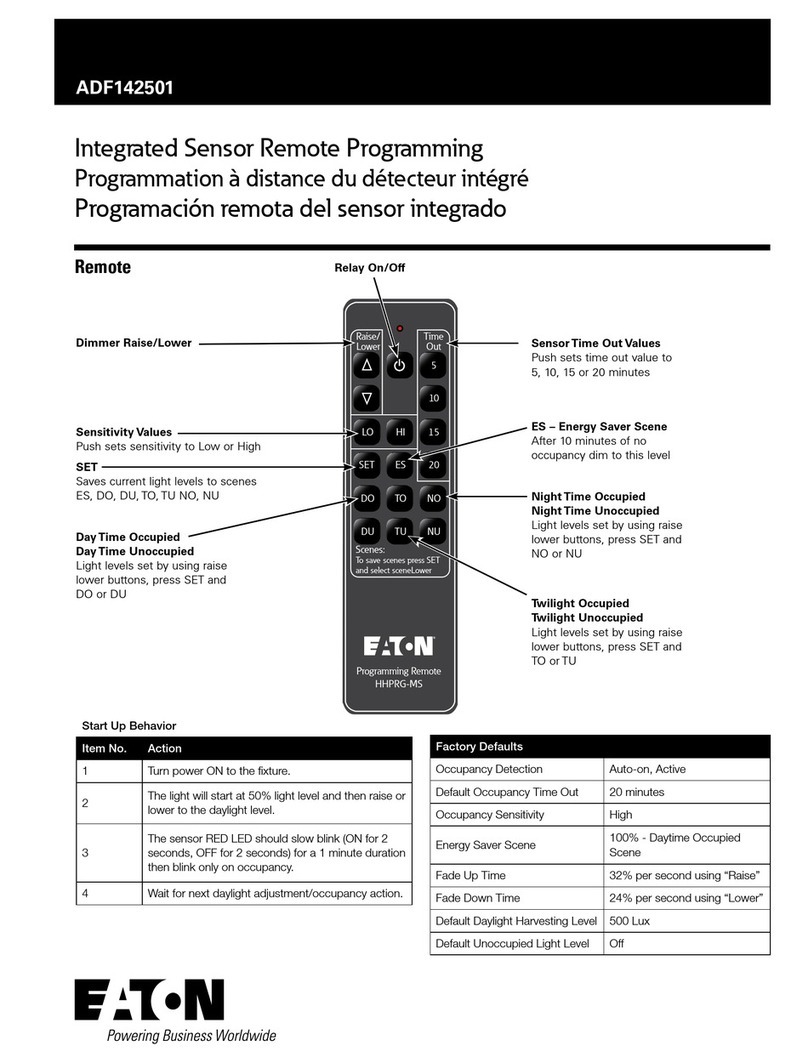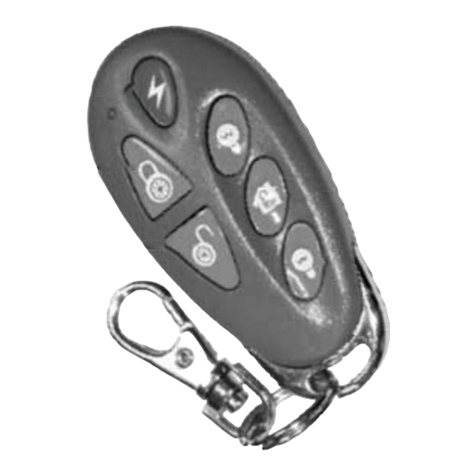Century UK MAX-THRUST RUCKUS User guide

Copyright Century UK Limited 2018 www.centuryuk.com
R/C Aerobatic Sports Aircraft
Assembly And Instruction Manual

Copyright Century UK Limited 2018 www.centuryuk.com
Revision V1.0
Warning:
This radio controlled model is not a toy. It requires skill to y and is not
recommended for use by beginners without assistance from an experienced
model pilot. It should not be operated by children without the supervision of a
suitably experienced adult.
Max-Thrust reserves the right to modify the specication of this model at any time.
Safety Precautions
1. Do not attempt to repair or modify this aircraft with non-factory parts.
2. Never y this model over roads, railway lines, near to power lines, airports, do
not y this model in excessively strong winds, in the rain, or thunderstorms.
3. Do not y or launch the model towards people.
4. Keep hands and face away from rotating propeller at all times.
5. We strongly recommend that all xings and fasteners used in the construction
of this model are checked regularly for integrity. Failure to do so could cause a
crash, injury to yourself or others around you.
6. We only recommend the use of 2.4GHz radio equipment with this model.
Disclaimer
1. This radio controlled model is not a toy. Used incorrectly it is capable of inicting
serious injury to persons or damage to property. The owner/pilot assumes all
responsibility for any damage to persons or property resulting from the use of this
product.
2. The manufacturer and distributor decline all responsibility for any liability arising
from use of this product.
3. It is very important that you follow all instructions for assembling and setting up
of this model. Failure to do so could result in a loss of control and possibly a crash.
EPOFLEXY
“EPOFLEXY” is a very tough and durable material perfect for the manufacture of
model aircraft. When using screwed xings with “EPOFLEXY” components it is
important to tighten the screws sufciently to provide a rm xing.
Excess tightening could result in the foam material becoming compressed,
possibly damaging or distorting the part. We recommend that all xings are
checked regularly for security and safety purposes.

Copyright Century UK Limited 2018 www.centuryuk.com
Revision V1.0
Overview
Thank you for purchasing this MAX-THRUST Ruckus radio controlled model aircraft.
The Ruckus offers a stunning combination of terric looks and sensational ight
performance. Manufactured from “EPOFLEXY” it is extremely robust, however, in
the event of a “less than perfect” arrival, we supply a range of spares to get you
ying again in the shortest time. It is capable of a wide range of amazing aerobatic
manoeuvres to thrill the experienced pilot, but with reduced control throws it
provides a solid and predictable ight performance, perfect for the sports yer.
We are certain you will enjoy your new model. Please take the time to read this
manual thoroughly and understand its contents completely prior to commencing
assembly.
Key Features
Powerful Brushless Motor
40A Brushless Electronic Speed Controller
Efcient 2 Blade Propeller
Pre-Installed servos
“Live” Control Surface Hinges
Durable “EPOFLEXY” Construction
Steerable Tail Wheel
Superb Flight Performance
High Brightness LED Lighting System
Specication
Wingspan: 1380mm
Length: 1130mm
Weight: 1480g
Motor: KV-850 Out-Runner Brushless
ESC: 40A Brushless
Servos: 2 x 17g 2 x 9g
Battery Required: 2200 - 2600mAh 11.1v Li-Po (Not Included)
2200 - 2600mAh 14.4v Li-Po (Not Included)
This manual has been produced by Century UK’s graphic department. Whilst every
effort has been made to reproduce accurate information, we reserve the right to
change the specications, equipment, colour etc without prior notice. The
information in this manual cannot be recorded as infallible, and as such if you are
unsure of anything please check with your local model shop or ourselves before
proceeding further.

Copyright Century UK Limited 2018 www.centuryuk.com
Revision V1.0
3. Vertical Fin &
Rudder
Install the vertical n and
rudder assembly into the
slot in the fuselage. Please
make certain that the tail-
wheel control wire is located
correctly in the rudder slot as
shown.
If desired, a small amount of
foam glue can be used for
maximum security
1. Undercarriage
Fix the undercarriage in
position with the four 2.6 x
12mm self-tapping screws as
shown. If the screws become
excessively tight whilst xing,
simply back them off a turn or
two, and then continue. Note:
The undercarriage legs are
angled towards the front of
the fuselage.
2. Horizontal Tail-Plane
Remove the moulded tab at the end of the fuselage with a sharp knife. Slide the horizontal
tail-plane into the fuselage slot as shown. Make certain that the holes in the tail-plane line-up
with the corresponding fuselage holes. If desired, a small amount of foam glue can be used for
maximum security.
4 x 2.6 x 12mm Screw

Copyright Century UK Limited 2018 www.centuryuk.com
Revision V1.0
5. Tail Control Horns
Connect the rudder and
elevator snap-links to their
respective control horns as
shown in images to the right.
Minor adjustment to obtain
perfect neutral positions
of the control surfaces can
be achieved by rotating the
plastic link on the threaded
portion of the control push-
rod.
Make certain the plastic link
is securely “snapped” closed
when connected to the control
horn.
4. Tail-Plane Fixing
Fix the horizontal tail-plane
and vertical n in position
with the two 2.6 x 35mm
screws provided. The screws
must be tightened sufciently
to securely x the parts in
position, however be careful
not to over-tighten the screws.
2 x 2.6 x 35mm Screw

Copyright Century UK Limited 2018 www.centuryuk.com
Revision V1.0
Connect the two black aileron
servo plugs from the wing
to the Y- lead as shown. The
plugs can only be inserted
easily one way round. Make
sure the signal wires match
up (signal is either white or
orange)
The remaining red and black
wires (2 core) from the wing
are for the model’s built-
in LED lighting system and
should be connected to the
Y-lead with the black and red
leads.
6. Wing Assembly
Locate the 500mm aluminium
wing joining spar and slide
into the round aperture of one
wing panel up to the centre
locating collar. Locate the
small plywood wing locking
plate and insert into the
rectangular aperture behind
the main wing spar, (image G).
Slide the remaining wing panel
onto the exposed portion
of the aluminium spar. The
plywood locking plate will ensure perfect alignment of the two wing halves. Be certain that all
wires are routed correctly via the moulded slots and do not foul the joint between the wing roots.
If desired, a small amount of foam glue can be used for maximum security.
The 2 Y-leads can then be
threaded through the hole in
the fuselage and plugged in
to the corresponding channels
on your reciever.

Copyright Century UK Limited 2018 www.centuryuk.com
Revision V1.0
The moulded wing cowling
should be installed once the
wing is in place and the cables
are threaded though to the
cockpit area. The wing and
cowling can now be secured
to the fuselage using the 3
M4 screws.
7. Wing Fixing
The moulded wing cowling
is used to secure the wing
to the fuselage and can only
be tted one way round. The
cutout is towards the front on
the aircraft.
The longer screws are used at
the front.
2 x M4 x 55mm Screw 1 x M4 x 38mm Screw
8. Receiver Installation
Connect the speed controller to the throttle channel of your receiver (receiver not included in
PNP versions). This wire is easily identied, it is the only one that is routed from the front of the
model.
Connect the rudder and elevator servos to the corresponding channel outputs of the receiver
and then connect the Y-lead from the ailerons to the aileron channel output and the lights to any
spare receiver channel. There is a moulded recess in this compartment which is sufcient to
accommodate most popular 2.4GHz receivers; however there is ample room elsewhere to locate
yours if it does not.
We recommend that it should be securely positioned with self-adhesive “Velcro”.
You must adhere to the receiver manufacturer recommendations regarding positioning and
aerial routing.

Copyright Century UK Limited 2018 www.centuryuk.com
Revision V1.0
9. Propeller &
Spinner
Following steps “1” to “9”,
slide the aluminium propeller
adaptor onto the motor shaft,
followed by the tapered
aluminium driver. Slide the
plastic spinner back plate
onto the adaptor shaft.
Fit the propeller using the
washer and securing nut.
Securely tightening the nut
will clamp the adaptor to
the motor shaft and x the
propeller in position. Note:
Use of excessive force
will cause damage to the
aluminium adaptor.
Attach the front section of the
plastic spinner and secure
with the two screws provided.
Note: It is essential that the propeller is securely xed. Failure to
do so could result in serious injury
10. Propeller Rotation
Double-check that the
propeller is securely xed and
it is rotating in the correct
direction. When standing
behind the plane the propeller
should be rotating in a
clockwise direction.
1 2 3
4 5 6
7 8 9

Copyright Century UK Limited 2018 www.centuryuk.com
Revision V1.0
13. Centre Of Gravity
It is vital that you check that
the centre of gravity is correct.
Failure to do so could result in
a complete loss of control. We
recommend the balance point
of the model, complete with
battery, should be 80 -100mm
back from the leading edge of
the wing for initial ights. Very
experienced pilots may wish
to move the balance point
further back after initial ight
testing.
80 ~ 100 mm
12. Control Surface
Check that all control surfaces are centred and responding correctly to transmitter inputs.
Adjustments can be made to control surface centres by carefully rotating the plastic control
horns on the threaded portion of the metal control rods. Use the servo reversing function on
your transmitter for any control that is not responding in the correct sense to control inputs.
Make certain that all plastic links are securely “snapped” closed and that all control surface
hinges are secure. Use a small amount of foam glue if any hinges are not rmly attached.
We make the following recommendations for control surface deections. Experienced pilots may
wish to increase these movements after initial ight testing.
Ailerons: 15mm each way
Elevator: 20mm each way
Rudder: 28mm each way
11. Battery
Installation
The battery is mounted in to
the model by removing the
upper canopy that is held in
place by magnets.
Your ight battery, (not
included in the PNP Version)
can easily be installed and
connected to the factory
tted “T” style connector.
Make certain the battery
is secured using the velcro
straps and that the canopy is
secure before ight.
For added security of the battery pack we recommend using
some self adhesive velcro applied to the battery and battery
tray.

Copyright Century UK Limited 2018 www.centuryuk.com
Revision V1.0
MAX-T-RUCKUS-1 MAX-T-RUCKUS-2 MAX-T-RUCKUS-3
MAX-T-RIOT-4 MAX-T-RUCKUS-5 MAX-T-RUCKUS-6
MAX-T-RUCKUS-4 MAX-T-RIOT-10 MAX-T-RIOT-11
MAX-T-RIOT-12 MAX-T-RIOT-6-R MAX-T-RIOT-5
MAX-T-RIOT-7 MAX-T-RIOT-16 MAX-T-RIOT-8
MAX-T-RIOT-15 MAX-T-RIOT-14
Table of contents
